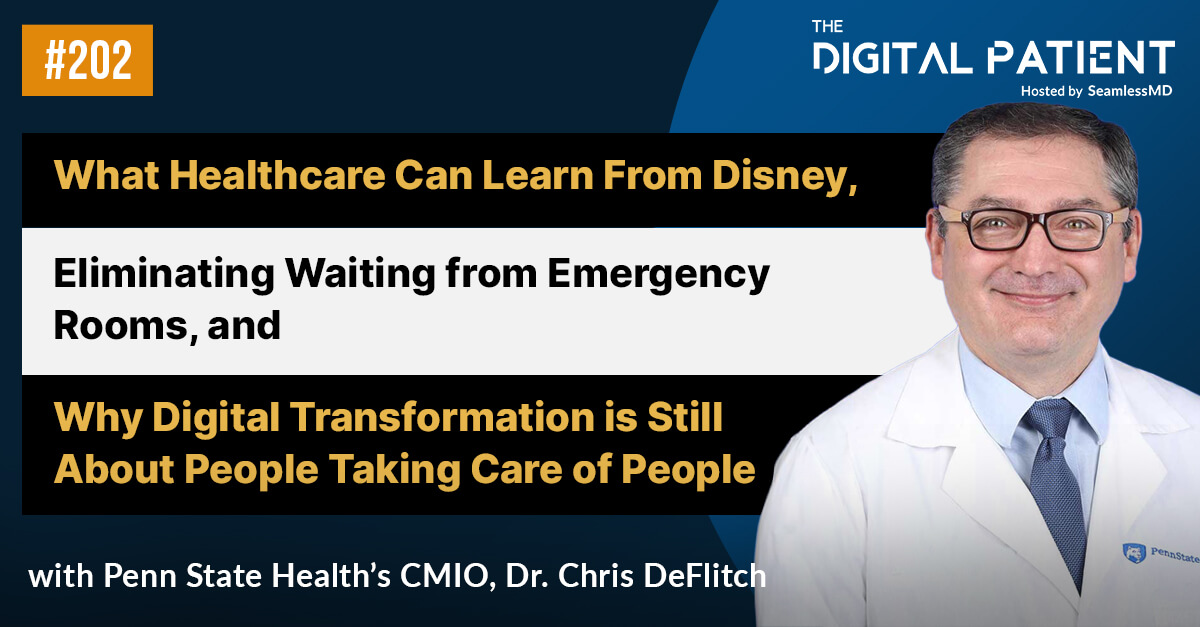Yesterday, the New York Time’s Editorial Board published a piece on the shortage of physicians in the United States and what’s needed for healthcare workforce redesign.It’s a good, concise piece about the common thinking around the gap between the needs of our growing patient population and the number of doctors available to deliver the care they need. As as an example, the article refers to a recent statement by the Association of American Medical Colleges whose models predict a shortage of 90,000 doctors in the U.S. by 2020. In Canada, the story is sometimes different where physician unemployment is growing due to inadequate infrastructure and poor workforce planning.While I do agree that ensuring access to care is important, to think that the solution is simply more doctors comes from framing the question incorrectly.The question shouldn’t be "how many doctors do we need for a growing population?". Rather, the question should be "how do we care for a growing population in a cost-effective way?"When you reframe the problem in this manner, it’s easy to see that simply churning out more doctors isn’t the answer. In fact, with the direction healthcare is heading, those numbers are likely overestimates.The major problem with workforce planning models is that they assume healthcare delivery of the future looks very much like healthcare delivery of the present. That the future will continue to be, in many ways, very doctor-centric.It won’t.First, we tend to underestimate the impact technology will have on healthcare delivery in the future. Over the past few years, we are already seeing that some processes of care can be shifted from in-person doctor-patient encounters to virtual care (telemedicine, doctor-patient messaging, etc.). We are seeing increased consumerization of healthcare (e.g. activity trackers, self-management apps, etc.) and as we enter the age of technology-powered convenience, patients are expecting healthcare to come to them.We have barely scratched the surface when it comes to digital health, and I suspect the virtualization of healthcare will increase exponentially over the next 10 years. This will allow many more patients to be cared for by fewer physicians.Second, there has been an ongoing shift of roles from physicians to other healthcare providers. For instance, much of care in the community can been shifted from primary care physicians to nurse practitioners and other providers with excellent outcomes. Unfortunately, fear of losing “job territory” is an impediment to progress, both in terms of adopting new technology and shifting processes of care to more cost-effective models. The medical culture on these issues must change.As the culture in healthcare makes the shift from provider-centered care to true patient-centered care, the need for more physicians will fall with it.Once we stop equating “more care” with “more doctors”, we are one step closer to building a more sustainable healthcare system.This post was written by Dr. Joshua Liu, the co-founder & CEO of SeamlessMD.The Seamless TeamSeamlessMD transforms paper-based instructions into an interactive, personal navigator for patients on smart phones, tablets and the web to improve outcomes and lower costs.https://www.seamless.md
.svg)









.png)
